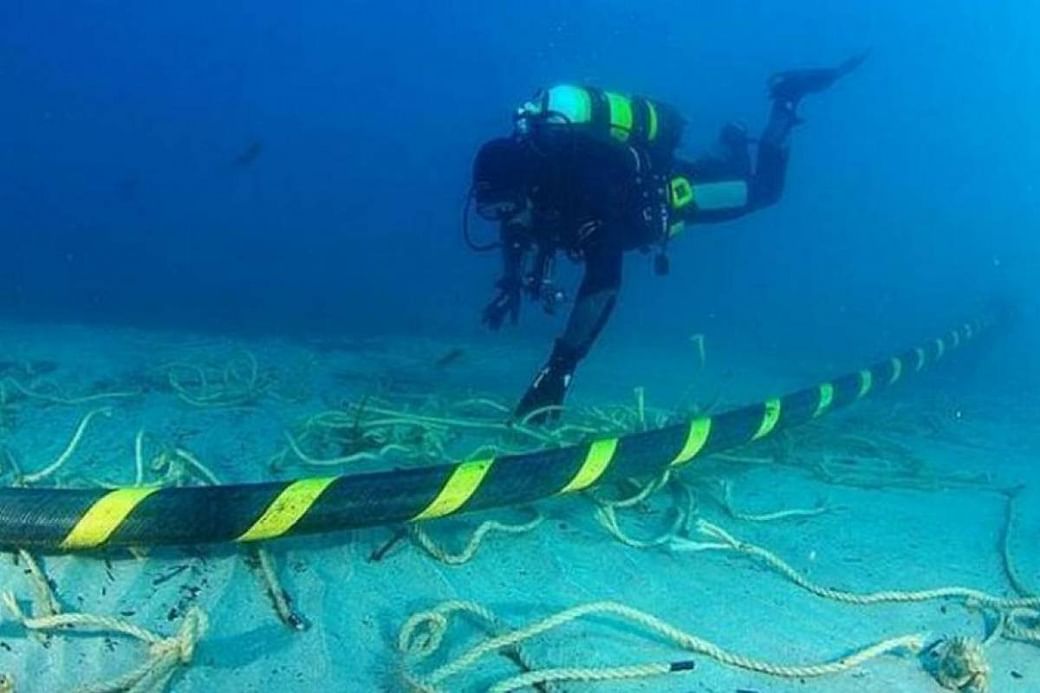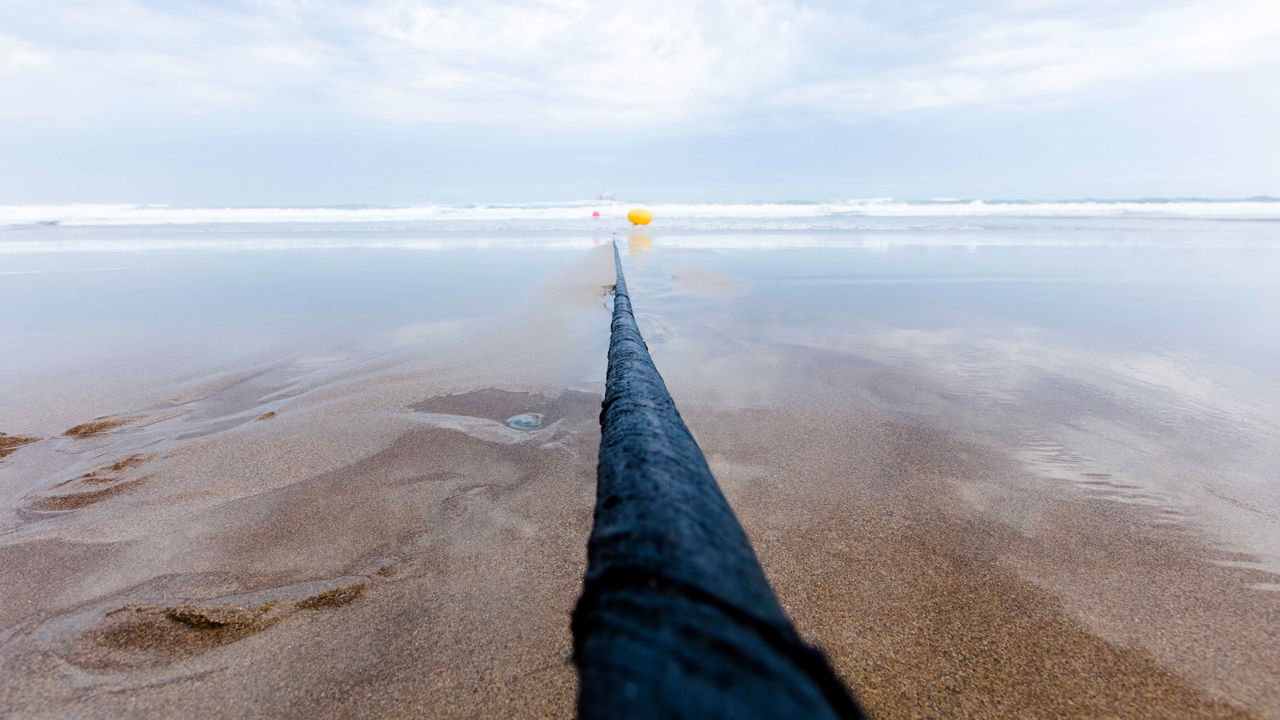At the bottom of the Earth’s oceans lies an intricate network of over a million kilometres of fibre optic cables. These cables were laid on the seabed by telecommunication companies and governments in the 1980s, forming what is a global network that is considered the lynchpin of international telecommunications. In other words, these intricate cables on the sea bed are a result of our growing international need for internet, phones, radio and television networks.
Seismologists at Caltech and Google optic experts are developing a new method to convert global underwater cables into continuous real-time earthquake and tsunami observatories.
Seismologists at Caltech and Google optic experts have collaborated to come up with a unique double purpose for these submarine communication cables. They’re developing a new method to convert global underwater cables into continuous real-time earthquake and tsunami observatories. In operation, this method could greatly speed up the detection of deadly tsunamis and earthquakes and reduce the risk of blackouts due to earthquakes on the floor of the ocean.

Though the double use of telecommunication cables as detectors for earthquakes isn’t a novel idea. Scientists have long sought a way to use these submerged cables to measure seismicity by making use of infrastructure that is already in place along the ocean floor. The strength of these efforts lies in the multipurpose use of existing telecommunication cables. This method employs the reuse of these cables that occupy a majority of the ocean bed without the need for further installing any special equipment.
Given the optic fibre cables and proximity to the seismic plates in the ground, telecommunication cables can forewarn a catastrophe ashore comparatively much faster as the laser pulses travel through these cables at the speed of light.
This was put to the test in the Curie Cable, which runs along the west coast of North and South America. The team was able to analyse the pulses along the cable up to 20 times per second. Though these pulses reported normalcy, in the event of an earthquake or a large ocean wave, it would cause a sudden change in the readings that researchers would be able to identify the source of. Through continued testing over nine months, researchers were able to detect 20 moderate-to-large earthquakes along the cable, the largest of them being a 7.7 magnitude event off the coast of Jamaica.
As a next step, the idea is to develop an algorithm to allow automatic monitoring of the cables, and to ignore any disturbances caused by ships or crabs moving the cable. Who would’ve thought that half a century of growth in telecommunication could be the cause for saving millions from natural disaster?
This research was published in Science.

Share your thoughts and join the technology debate!
Be the first to comment